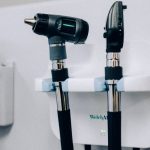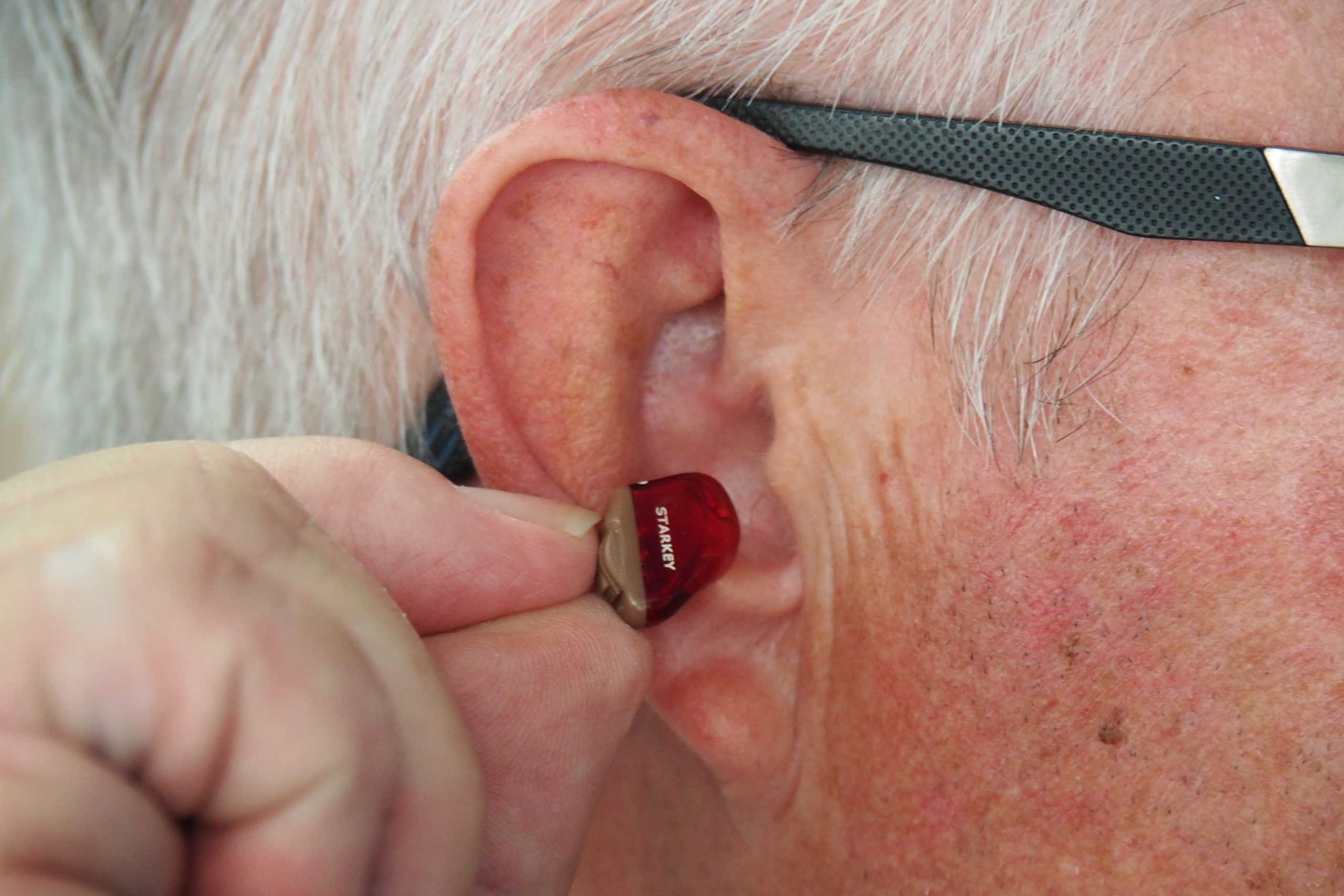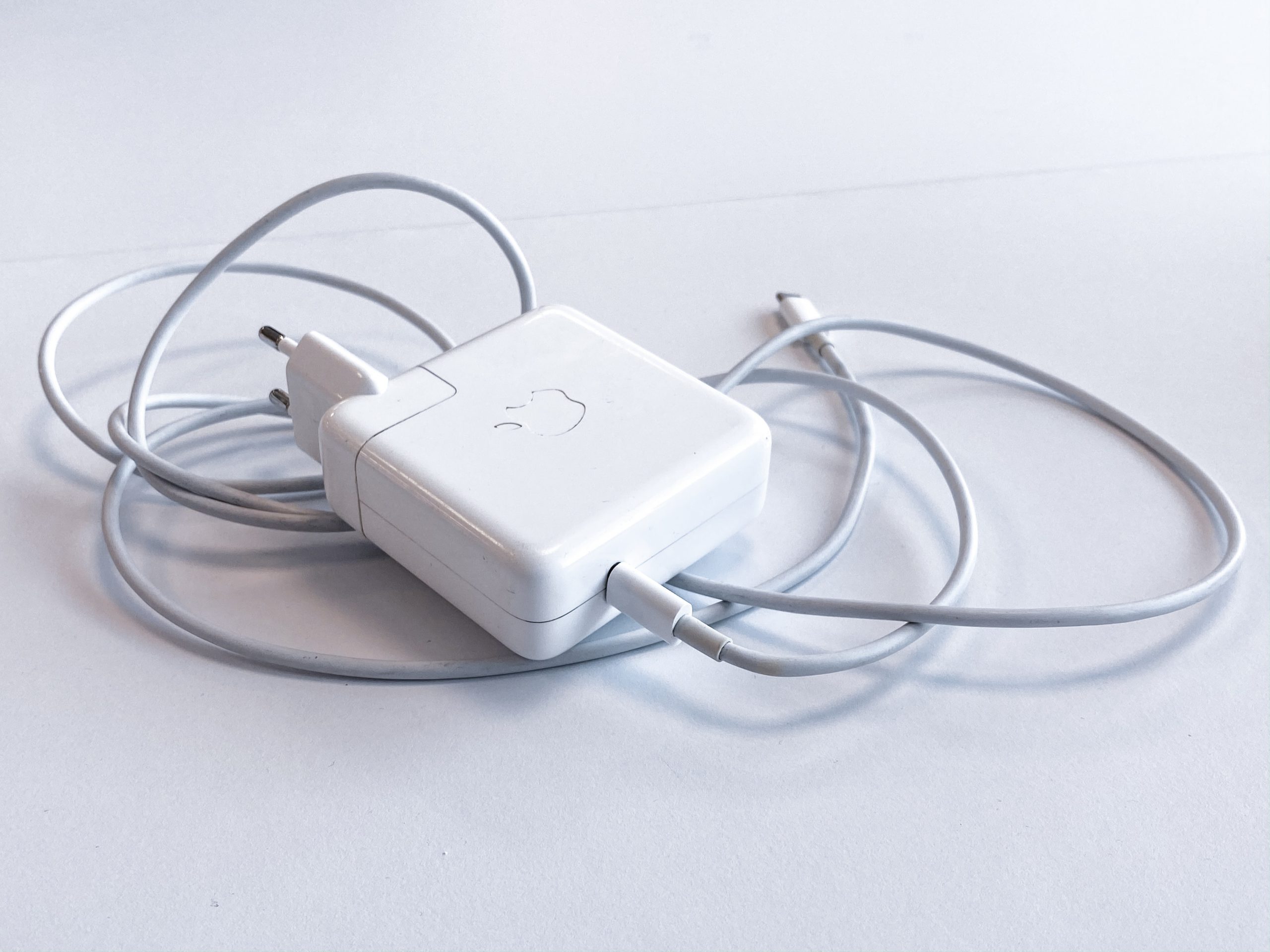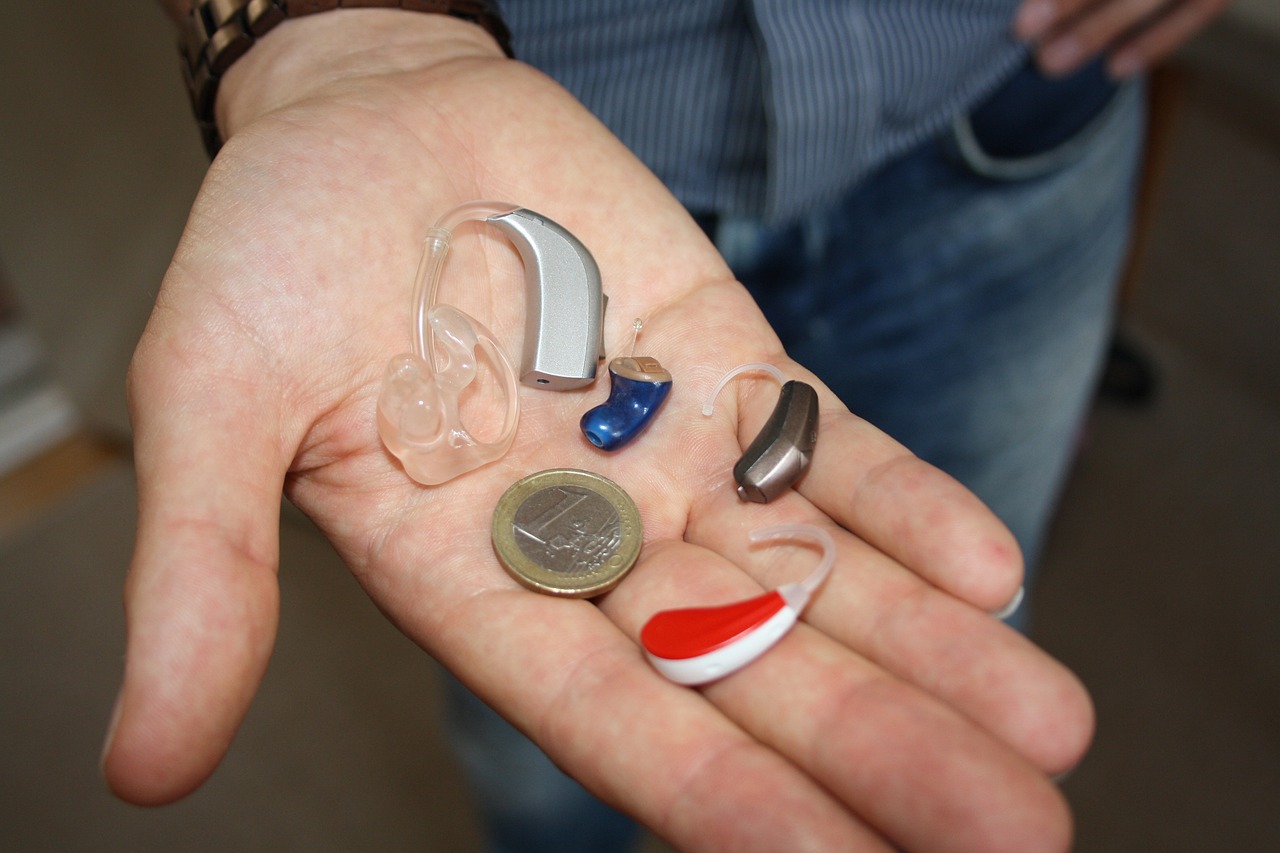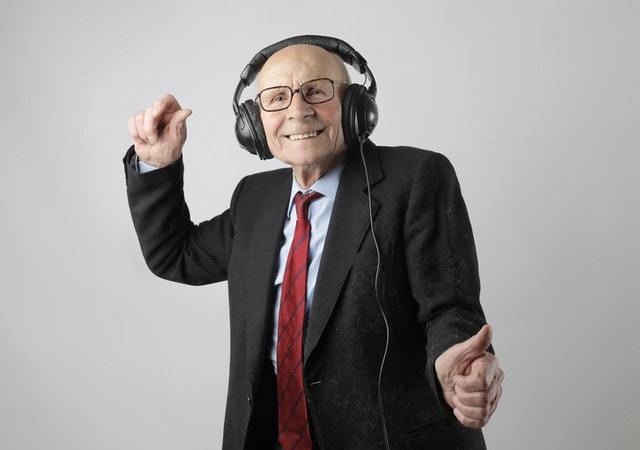
Americans enjoy watching Television – in 2017, an average US consumer spent 238 minutes daily watching TV. That statistic combined with the almost 50 million American adults have some degree of hearing loss means there are a lot of people who struggle when it comes to hearing their TVs, especially without earbuds.
Watching TV when you suffer from hearing loss sometimes means turning the volume way up; this can sometimes be contentious, as other people in the home may be disturbed by the loud volume. The high volume can sometimes even disturb neighbors in their homes, and it often results in garbled sound. Thankfully, there are solutions to help you enjoy your TV without cranking up the volume.
Contents
Earbuds for TV Are an Option!
One option is to use a pair of wireless headphones. Today’s wireless earbuds use technologies such as Bluetooth, radio frequency, or infrared to transmit the TV’s audio to the headphones. The way they usually work is that a base plugs into the headphone jack or audio outputs of the TV, and the base then transmits the sounds directly to the earbuds. The base also usually works as a charger to charge the headphones when you’re not using them.
If you want to wear your hearing aids along with your TV headphones, then look for a pair of over-the-ear headphones which will fit over your hearing aids (depending on the style of hearing aid you use). If your TV is a smart TV that is Bluetooth enabled, then you may not even need a base and you can directly pair your headphones with your TV.
Over the years, hearing aids themselves have gotten smaller, more powerful, and smarter than ever. Depending on your hearing aids, you may not even need to purchase a pair of TV headphones! Some hearing aids contain Bluetooth technology which lets you stream audio from your TV directly to your hearing aids.
Depending on your model of hearing aid and model of TV, you may need a Bluetooth stream box. The device connects to the audio of your TV and transmits the Bluetooth audio signal to your hearing aids. Often you can use your Bluetooth connected smartphone as a hearing aid remote to adjust the TV right through your hearing aids. If you get a phone call, the audio will switch to your smartphone.
Another option is a loop system, or audio induction loop. This system works via a hub that is connected to the TV’s audio output. The TV audio is transmitted via a wireless magnetic field that is picked up by a loop that is worn around the user’s neck or carried in a pocket.
Costco TV Ears
With over 850 reviews and a solid 4 star rating, Costco’s TV Ears Soundbar and Headsets are a solid choice as your TV watching savior. This neat gadget functions like a TV specific hearing aid and is perfect for any hearing impaired TV lover you know. A small soundbar is placed near the TV, which then sends the audio to a pair of wireless headsets. They offer an impressive 50 ft. range, are suitable for all levels of hearing loss, and are compatible with all televisions.
Other Methods For Hearing Impaired To Enjoy TV More
With or without hearing aids or TV headphones, you may still struggle to hear certain words or voices on your TV, or maybe you just don’t want to strain as much to hear everything. If that’s the case, then you should explore your closed captioning options.
Congress mandated in 2006 that all television programs have an option to display text onscreen for the hard of hearing. The captions are required to be complete, properly placed, and match up with all spoken words and sounds on the show. Accessing closed captions varies from TV to TV, but there should be an audio menu that includes a submenu for turning closed captions on and off.
What Do Apps and Streaming Services Offer?
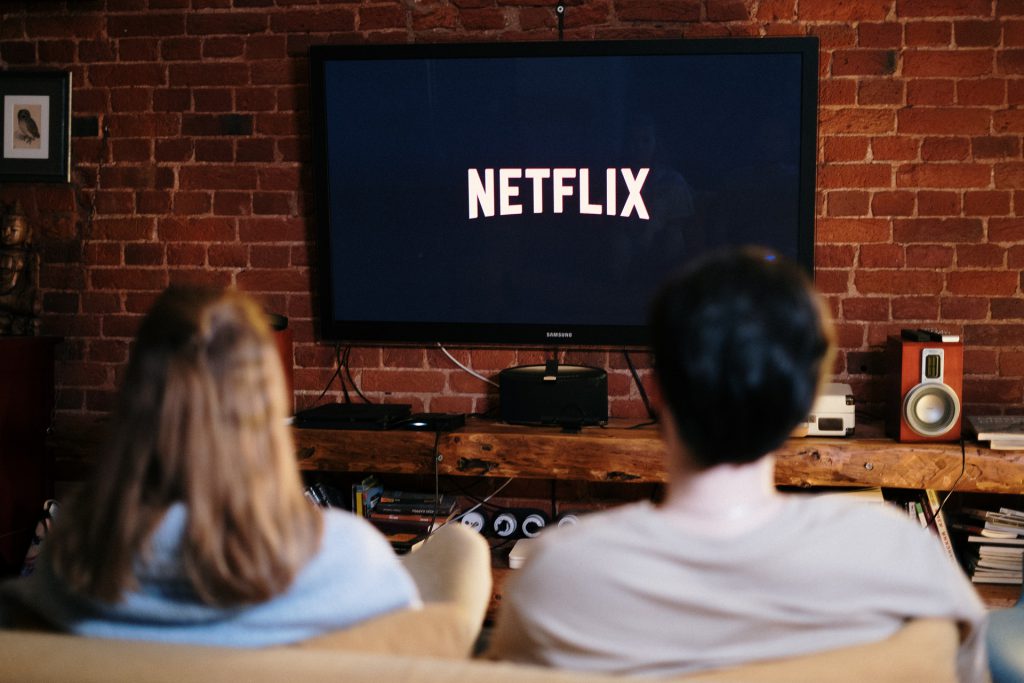
A plethora of different apps and streaming services for viewing your favorite programs are popping up nowadays; they are transforming the way we view TV. Fortunately, since 2019, apps and streaming services such as Netflix have been required to provide closed captioning. The National Association for the Deaf (NAD) sued Netflix for failing to provide captions in 2012. These streaming services are considered “place of public accommodation” under Title III of the Americans with Disabilities Act, and must therefore provide captions for all of their video services. Some of those popular and most accessible include:
- Netflix: Due to the 2012 lawsuit settlement, Netflix has added closed captioning to all of their movies and TV shows; they even have multiple options for customizing how subtitles and captions look and how they are presented on your screen.
- Amazon Video: Amazon has worked with the NAD to provide almost 200,000 closed captioned shows and movies; they often add captions to content whenever the original producers do not.
- Apple TV: Apple is known for going out of their way to make their technology as accessible as possible, and that includes their streaming service, which includes thousands of closed captioned shows and movies.
- ABC: because it’s a major network, the FCC requires ABC to strictly follow closed captioning guidelines; they offer closed captioning for all of their content both on network TV and their online programming.
- PBS Passport: as an innovator of closed captioning in the 1970s, the large majority of PBS’s content available via their streaming app and website has closed captioning.
When Earbuds For TV May Not Be Helpful for the Hearing Impaired?
In some cases, earbuds might not be able to help you hear your TV better. For instance, if your hearing loss is severe, then TV headphones may not be able to compensate for the severity of your hearing loss. Or if you suffer from conductive hearing loss, then regular TV headphones may not work well because of the inability of sound to pass through your outer or middle ear. In this case, you may want to look into bone conduction headphones, which conduct sound via your jawbone to your inner ear. If you’re not sure the best route to take to hear your TV better, talk to your audiologist or other hearing health professional; they’ll work with your to figure out the best solutions for your specific hearing loss.
The information in this guide has been written using the following reliable sources:
https://www.statista.com/statistics/186833/average-television-use-per-person-in-the-us-since-2002/
https://www.hearingloss.org/wp-content/uploads/HLAA_HearingLoss_Facts_Statistics.pdf?pdf=FactStats
https://www.aarp.org/entertainment/television/info-2017/tv-volume-tech-fd.html
https://www.3playmedia.com/blog/5-video-streaming-services-doing-accessibility-right/
https://exstreamist.com/streaming-television-solutions-for-the-deaf-and-hard-of-hearing/


